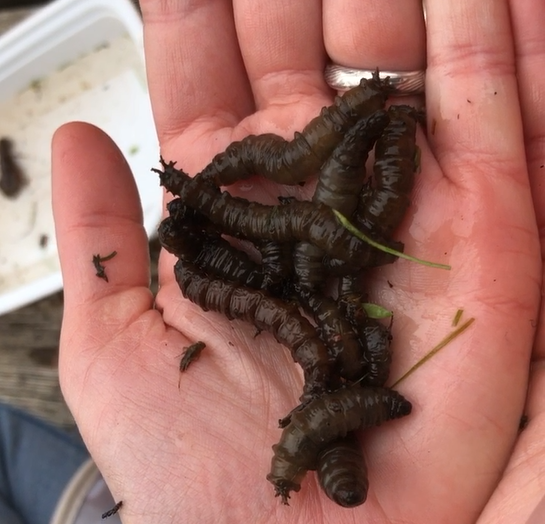Aquetong Creek Monitoring - Downstream of Former Aquetong Lake
In 2009, Solebury Township acquired the title of a 45-acre property located in the epicenter of the Aquetong watershed. In addition, the Township negotiated a 25-year lease with the Pennsylvania Fish and Boat Commission for the approximately 1/4th acre that includes Aquetong Spring. The waters from the spring flowed into a manmade lake known as Aquetong Lake and then into the main stem of Aquetong Creek. In 2013, the Township decided to remove the earthen dam that created the lake. The dam was breached on July 21, 2015 and the lake was drained, thereby creating a new creek channel.
The AWA began a creek monitoring program in April, 2015, before the dam was breached, to establish a baseline and has collected data periodically since that date. The goal of AWA’s Aquetong Creek Monitoring is to understand potential biological community changes associated with removal of the lake.
*Reference: https://cfpub.epa.gov/watertrain/pdf/modules/monitoring.pdf
The goal of our monitoring was to understand potential biological community change associated with the dam work.
Methods:
Count the presence of Benthic Freshwater Macroinvertebrates across the pollution tolerance scale. A healthy and diverse stream contains taxa from a variety of macroinvertebrates regardless of pollution tolerance.
Measure stream temperatures.
Biotic Index Results
Biotic Index (Top Line) -- assigning pollution sensitivity based on NJDEP Biological Assessment protocols
Biodiversity (Bottom Line) -- counting number of unique taxa of identified orders of macroinvertebrates
Biotic Index Scores 2015 - 2019
Biotic Index Score Key
0-10 Poor
11-16 Fair
17-22 Good
>22 Excellent
Water Temperature Results
In addition to biological parameters, we measured water temperature, a lead indicator of stream quality, of the creek downstream of the lake site. When the lake existed, this large body of water would heat up during the summer months, polluting the creek with very warm water. This warmed water led to conditions that would not support trout and other sensitive aquatic species.
Our studies of temperature monitoring, demonstrate that the water temperature of the creek has dropped significantly to a much cooler temperature post dam removal. Thereby, creating an environment that is more supportive of brook trout and more aquatic life.











